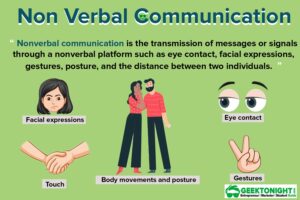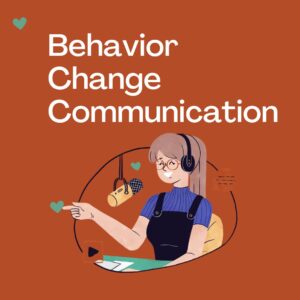As I sat reflecting on a recent team meeting, I couldn’t help but notice how much more was happening beyond just words. Sure, we discussed tasks, deadlines, and goals—but the way we communicated revealed far more than the agenda ever could.
It got me thinking: What are the key behaviours that shape our interpersonal communication? And how exactly do they impact the way we relate to one another?
Let’s take a step back and explore this—not just through the lens of theory, but through observation and experience. Interpersonal communication can be influenced by three main categories of behaviours: verbal, nonverbal, and relational. Each of these plays a unique role in shaping the way we connect, respond, and build relationships.
Verbal Behaviours
Imagine you’re in a conversation and the other person is completely present. They’re not just nodding politely but are truly listening, asking thoughtful questions that show they care. That’s active listening, and it’s one of the most powerful verbal tools we have. When someone listens this way, we feel heard—and that’s everything.
Then there’s the value of clear and concise language. Think of how refreshing it is when someone speaks plainly, without jargon or unnecessary complexity. It makes communication smoother and more accessible.
Respectful dialogue is another gem. When conversations are rooted in empathy and consideration, even difficult discussions become more manageable. On the flip side, verbal aggression—harsh words, sarcasm, or hostile tone—can instantly break the flow of communication, shutting down any sense of safety or openness.
And what about lack of transparency? We’ve all been there—left guessing, sensing something’s off. When people hold back information or aren’t truthful, it creates distance and erodes trust. Words matter, but the intention behind them matters even more.
Nonverbal Behaviours
Now picture a person who doesn’t say much, but their posture is relaxed, their eye contact steady, and their smile warm. Without a single word, they’re telling you, “I’m open. I’m here.”
Body language is often louder than speech. A confident stance, an encouraging nod, or even just a genuine expression can speak volumes. Then there are the nonverbal cues—tone of voice, physical proximity, eye contact—that color the message we’re sending. They can reinforce our words—or contradict them entirely.
But what happens when nonverbal behavior signals discomfort? Tapping fingers, avoiding eye contact, crossing arms—these subtle cues can create invisible walls, making the other person feel unheard, unwelcome, or even threatened. That’s nonverbal discomfort, and it can be a silent deal-breaker in many interactions.

Relational behaviours
At the heart of every meaningful conversation is a relationship. And at the heart of every strong relationship? Empathy. The ability to step into someone else’s shoes, to feel with them, not just for them, is what fosters true connection.
And then there’s trust—that invisible thread holding communication together. When we trust someone, we speak freely, share openly, and listen deeply. When trust is missing, even the kindest words feel uncertain, filtered through doubt.
Relationships are also tested in conflict. That’s where conflict resolution comes into play—not about winning an argument, but about understanding different perspectives and finding common ground.
But when empathy fades and trust breaks down, communication suffers. Lack of empathy makes us seem cold or dismissive. Lack of trust invites suspicion. And when those are paired with poor communication—like not responding, being vague, or avoiding conversations altogether—the result is disconnection.

In the end, communication isn’t just about exchanging words—it’s about understanding and being understood. Whether through speech, silence, gestures, or glances, we are constantly sending messages. And those messages are shaped deeply by our behaviours—verbal, nonverbal, and relational.
So the next time you find yourself in a conversation, take a moment. Notice not just what you’re saying, but how you’re saying it. Because every gesture, every pause, every word—tells a story about who you are and how much you care.





Leave a Reply